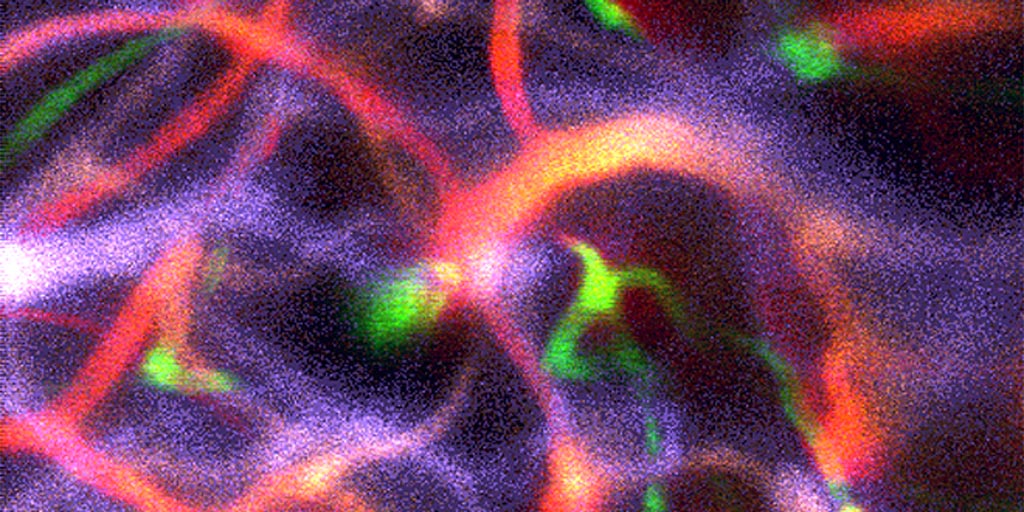Microscope Attachment Advances Brain Disease Research
By MedImaging International staff writers
Posted on 02 Oct 2018
An add-on for laser scanning microscopes could help scientists better understand brain dynamics and discover new treatments for health problems such as stroke, epilepsy, and dementia.Posted on 02 Oct 2018
Developed by researchers at Tel Aviv University (TAU; Israel), PySight is a combined hardware and open-source software solution that enhances imaging in photon-deprived conditions. PySight works by producing a data stream that scales with the number and precise time of each photon detected, not the volume or area being imaged; if no photons are detected, nothing gets recorded. This allows researchers to conduct rapid imaging of large volumes over long sessions, without compromising spatial or temporal resolution.

Image: Brain vasculature in an anaesthetized mouse captured using Pysight (Photo courtesy of Pablo Blinder/ TAU).
The software application reads a list of photon arrival times generated by a multiple-event time digitizer, which records them with a precision of 100 picoseconds. The hardware component is an off-the-shelf resonant axial scanning lens that changes the focal plane hundreds of thousands of times per second. By coordinating the rapidly scanned laser beam across different depths within the brain with the digitizer timing signals, the origin of each photon within the sample can be determined to reconstruct continuous three-dimensional (3D), high spatiotemporal resolution images and movies.
To test whether PySight was truly plug and play, the researchers took the multiscaler to another lab on the Tel Aviv University campus. They were able to simply plug the device into another multiphoton microscope, download the PySight software, and start recording single-trail odor responses in fruit flies genetically modified to express voltage indicators. PySight was able to retain over 200 times lower data rates than those of a conventional data acquisition system with comparable voxel sizes. The study was published on September 13, 2018, in Optica.
“To reconstruct a multidimensional image, knowing when each photon hits the detector isn't enough. It's necessary to also know where it originated in the brain,” said senior author Pablo Blinder, PhD, of the TAU Center for Nanotechnology. “To tackle this challenge, microscopists have used a detector-readout method called photon counting. However, because its implementation required extensive electronics knowledge and custom components, photon counting has never been widely adopted.”
“PySight's easy installation procedure and its integration with state-of-the-art hardware eliminate such concerns. Because the software is freely available to the public, it should greatly aid labs previously deterred by the high technical barrier that accompanied 3D imaging,” concluded Dr. Blinder. “Because of its generic application interface, PySight could also be used to interpret similar photon detection time lists from suitable hardware devices.”
Related Links:
Tel Aviv University













